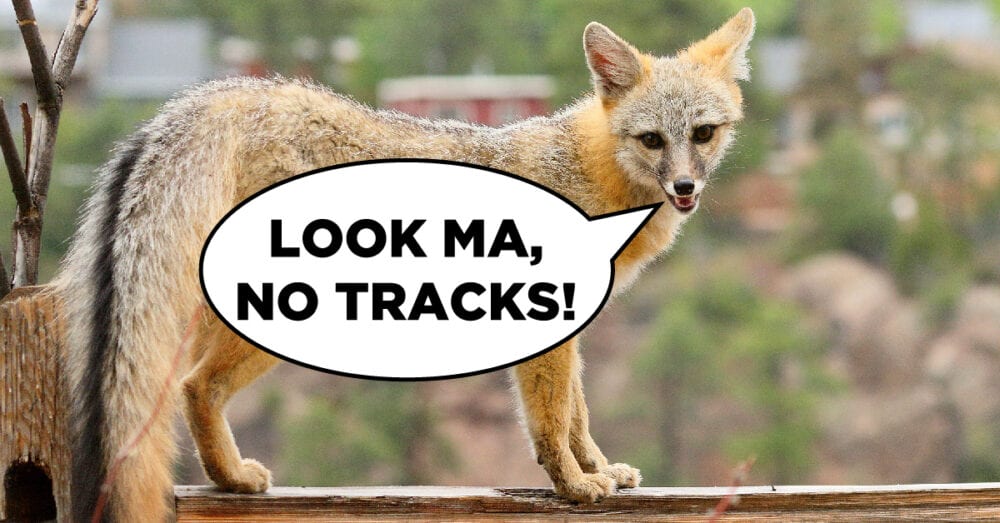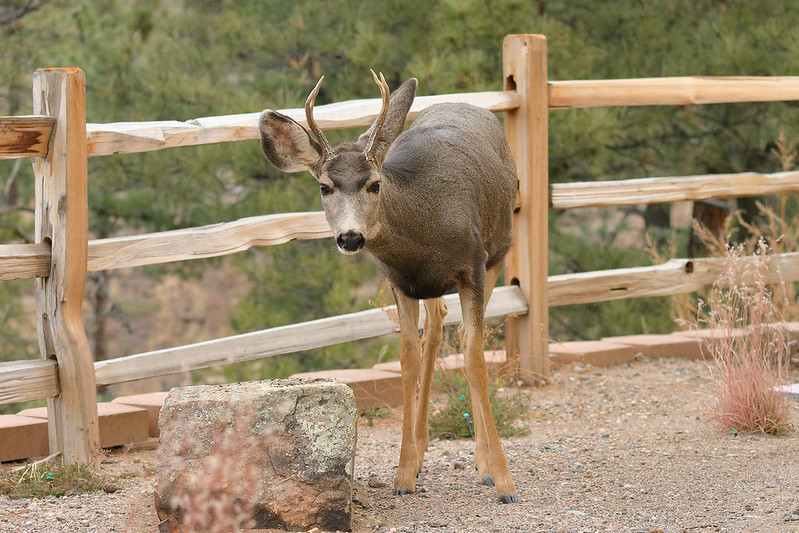
We are exploring scat and tracks in today’s Take It Outside post. Learn how you can get started identifying tracks, scat, and other animal signs when hiking on our trails in today’s lesson. We’d love to see what you find while exploring the outdoors today!
Upcoming Event:
Join Bob Walker today at 10 AM on the Los Alamos Nature Center’s wildlife observation camera livestream to see what birds and other critters are visiting the nature center. Tune into the livestream here.
Blog Post:
Wildlife biologist and PEEC’s Field Science Specialist Mariana Rivera Freeman shares some tips on looking at scat, tracks, and other animal signs while out on the trails. Check out today’s blog post here.
Craft:
Play a scat mystery game!
Look at the scat of black bears, coyotes, mountain lions, raccoons, and mule deer.
Have each person in your family choose one or two types of animal scat. Make the animal scat from playdough or mud balls, matching shape and size. Go on a walk to collect add-ins for your scat. Some ideas:
- Dried crabapples, rosehips, and juniper berries
- Grass and other small plants
- Small twigs to represent bones
- Pussy willows, other tree buds, or dried grass to represent fur
- Small seeds or shiny rocks to represent insect parts
Once the scat is finished, line them all up for a mystery challenge. Have each family member guess what animal each type of scat came from. We definitely want to see pictures of your homemade scat, so share them with us on Facebook or Instagram, or email them to takeitoutside@peecnature.org.
Use this homemade playdough recipe if you don’t have playdough at home.
Outdoor Challenge (Beginner):
Scat can tell us who was in an area and also what they ate. Go on a hike and look for scat! How many of these can you find? Based on what you find, what types of food are animals eating in your area?
- Scat containing berries or fruit
- Scat containing grass or other plants
- Scat containing fur or bones
- Scat containing insect parts
Remember that all scat contains bacteria, so don’t touch it with your fingers (use a stick!) and wash your hands when you get home. Stay away from dog poop, which is often very uniform in texture and lacks recognizable food items, since most domestic dogs eat processed dog food. Remember to always clean up your own dog’s poop when out on the trail!
Test your knowledge of animal scat in this poop quiz, too!
Outdoor Challenge (Advanced):

Look for signs of wildlife on your walk! Look for:
- Scat
- Tracks
- Fur
- Feathers
- Owl pellets
- Animal burrows or nests
- Scratch or peck marks on trees or in the ground
- Animal middens (piles of food waste, like pinecone bracts)
Can you identify any of the creatures they came from? You can use our downloadable scat and track guide, our online Track Guide, or the other resources listed below to help you identify the signs. Let us know what interesting things you find out there today!
Other Resources:
- Check out PEEC’s online Track Guide to learn to identify some of the more common tracks found on the Pajarito Plateau.
- NatureTracking.com provides a nice resource to start learning about tracks, scat, and other signs of mammals, insects, birds, and reptiles and amphibians. They also created an app called iTrack Wildlife. The free version only contains information on eight species, but includes some of our local animals like American Beavers, Black Bears, Mule Deers, and Northern Raccoons. There are also several paid versions that contain larger track libraries.
- The Sandia Mountain Natural History Center hosts the New Mexico S.C.A.T. (Statewide Census of Animal Traces) project on iNaturalist. This project encourages community scientists to share photos of scat and other animal traces that they find around the state! Check out what has been uploaded to this project and submit your own findings here.
- This guide from New Mexico State University provides illustrations of common mammal tracks in New Mexico and instructions on how to make a cast of tracks.
- Princeton University also offers this awesome guide to animal tracking.
Share Your Experience:
Tell us what you learn about our four-footed friends this week! We’d love to see your photos, too. Please send them to takeitoutside@peecnature.org or share them on Facebook or Instagram with the hashtag #peectakeitoutside.
Tomorrow, we’ll explore black bears and seasonal behavior!
